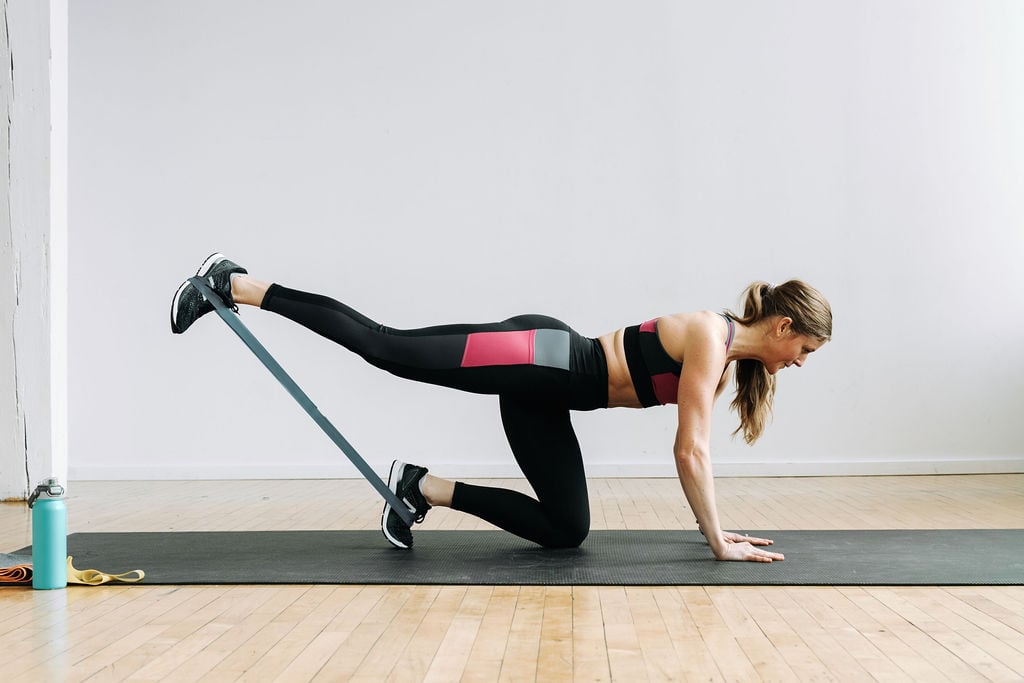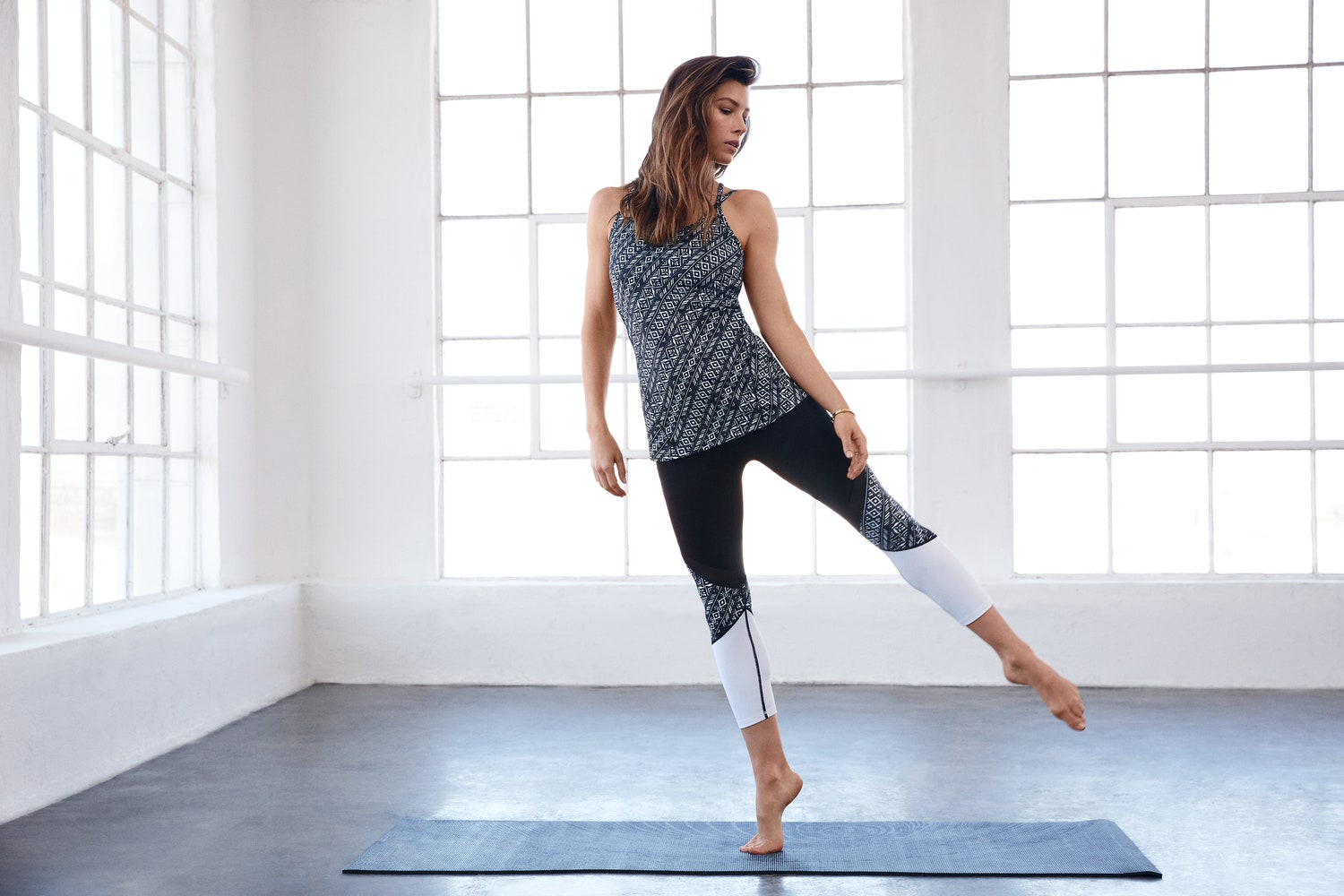Introduction
Resistance bands have become one of the most versatile and affordable fitness tools for achieving toned, strong, and defined legs. Whether you are at home, in the gym, or traveling, resistance bands for legs can transform your workout routine without the need for bulky equipment or heavy weights.
These simple yet powerful bands help target all major muscles in your lower body — including your glutes, hamstrings, quadriceps, and calves. They add just the right amount of tension to challenge your muscles and improve both strength and endurance.
In this guide, we’ll explore how resistance bands for legs work, the best exercises to try, and how to make the most out of your training routine.
What Are Resistance Bands?
Resistance bands are elastic bands that create tension when stretched. This resistance helps your muscles engage more deeply during movement.
They come in various levels of thickness, which determines how much resistance they provide — light, medium, or heavy. Beginners usually start with lighter bands and gradually move to heavier resistance as they build strength.
Unlike weights that rely on gravity, bands create constant tension, activating muscles through every phase of the movement. This makes them ideal for both strengthening and toning.
Benefits of Using Resistance Bands for Legs
Using resistance bands for legs offers a range of benefits that go beyond simple muscle toning.
Builds Strength and Stability
Resistance bands strengthen the leg muscles by creating controlled resistance that challenges the body in multiple directions. This helps build stronger, more stable legs, improving balance and posture.
Enhances Flexibility
Since bands allow a full range of motion, they are excellent for increasing flexibility and mobility. The controlled resistance encourages muscles to stretch and lengthen safely.
Activates Glute Muscles
One of the best uses of resistance bands for legs is glute activation. Bands help target the gluteus medius and minimus — muscles that often remain underused during traditional lower-body workouts.
Perfect for All Fitness Levels
Resistance bands suit everyone — from beginners to athletes. You can adjust the tension by changing the band’s thickness or position.
Portable and Affordable
They are lightweight, easy to carry, and affordable. You can use them anywhere — at home, the gym, or outdoors — making them ideal for people who prefer flexible training routines.
Muscles Targeted by Resistance Bands
Resistance bands for legs can engage nearly every muscle in your lower body.
- Glutes: Bands help shape and lift the glutes by creating resistance during movements like squats and leg lifts.
- Quadriceps: Front-thigh muscles work hard during resistance-based extensions and lunges.
- Hamstrings: Bands enhance strength and coordination in the back of the thighs.
- Calves: Simple banded raises or kicks engage calf muscles effectively.
- Hip Flexors: Bands help improve hip mobility and prevent stiffness.
Best Resistance Band Exercises for Legs
Here are some effective exercises that strengthen and tone the lower body when performed with resistance bands.
Banded Squats
Place the band above your knees, stand with your feet shoulder-width apart, and squat down slowly. Keep your knees pressed slightly outward against the band to engage your glutes and thighs fully.
Lateral Band Walks
Keep the band above your knees or around your ankles and take side steps while maintaining a semi-squat position. This move strengthens your hips and outer thighs.
Glute Bridges
Lie on your back with the band above your knees, bend your legs, and lift your hips off the ground. Push your knees outward slightly as you lift to engage your glutes.
Standing Leg Kickbacks
Anchor the band around your ankles, balance on one foot, and extend the other leg backward. This isolates and strengthens the glutes and hamstrings.
Seated Leg Press
Sit on a mat, loop the band around your feet, and push forward as if pressing a leg machine. This move targets your quadriceps and calves.
How to Choose the Right Resistance Band
Selecting the right resistance band depends on your goals and fitness level.
- Light bands are ideal for warming up and improving flexibility.
- Medium bands provide a good challenge for general toning and endurance training.
- Heavy bands are best for building strength and muscle definition.
If your goal is to sculpt and tone your legs, combining different resistance levels during a single workout gives the best results.
Tips for Using Resistance Bands Safely
To prevent injury and maximize results, it’s important to follow proper form and technique.
Warm Up Before Each Session
Always warm up your muscles before using resistance bands to increase blood flow and prevent strain.
Maintain Proper Posture
Engage your core, keep your spine neutral, and avoid locking your knees during exercises.
Control Each Movement
Perform each repetition slowly and with control to ensure consistent tension and effective muscle engagement.
Gradually Increase Resistance
Start with lighter bands and move to higher tension only when your strength improves.
Resistance Band Workout Routine for Legs
Here’s how you can structure a complete resistance band workout focused on your legs.
Begin with activation moves like lateral band walks, then move into compound exercises like squats and bridges. Finish with isolation exercises like leg kickbacks or presses.
You can repeat this sequence for multiple sets depending on your endurance level. Rest briefly between exercises to maintain intensity.
Combining Resistance Bands with Other Training Methods
Resistance bands complement many types of workouts. You can add them to bodyweight routines, yoga, or even weightlifting sessions for added resistance.
For example, adding a band around your thighs during barbell squats enhances glute activation. Similarly, using bands during lunges increases stability and improves muscle control.
Incorporating bands into your cardio or HIIT sessions also boosts calorie burn while engaging your legs more deeply.
The Role of Resistance Bands in Rehabilitation
Resistance bands are widely used in physical therapy and rehabilitation because they allow controlled strength training without excessive stress on joints.
They help in recovery from knee, hip, or ankle injuries by gradually restoring strength and mobility. The low-impact nature of band workouts makes them safe for people of all ages.
Common Mistakes to Avoid
Even though resistance bands are simple to use, small mistakes can affect results.
- Avoid snapping or jerking the bands — always use slow, steady movements.
- Keep constant tension throughout the exercise.
- Replace worn or damaged bands to prevent breakage during workouts.
Paying attention to these details ensures safety and effectiveness in every session.
Results You Can Expect
Consistent use of resistance bands for legs can deliver visible results within weeks. You’ll notice stronger thighs, lifted glutes, and improved definition across your lower body.
Beyond aesthetics, you’ll also experience better posture, joint support, and overall lower-body power.
Combined with proper nutrition and hydration, resistance band training can transform your physique without the need for expensive gym equipment.
FAQ
Q: Can resistance bands really build leg muscle?
A: Yes, when used consistently, resistance bands can build strength, tone, and definition in your leg muscles by applying progressive tension.
Q: How often should I train with resistance bands?
A: You can use resistance bands several times a week, ensuring rest days between sessions to allow muscles to recover.
Q: Are resistance bands better than weights?
A: They are different tools. Resistance bands provide constant tension and flexibility, while weights focus more on resistance against gravity. Many athletes use both for balanced training.
Q: Can I use resistance bands if I’m a beginner?
A: Absolutely. Start with light resistance and focus on correct form. As your strength improves, increase the tension gradually.
Q: Do resistance bands help with cellulite reduction?
A: They can improve circulation and muscle tone, which may help reduce the appearance of cellulite over time.
Conclusion
Resistance bands for legs are an effective, low-cost, and versatile way to sculpt and strengthen your lower body. They target every major muscle, improve flexibility, and enhance balance without the need for gym machines.
Whether you’re a beginner or fitness enthusiast, resistance band workouts help create long, lean, and powerful legs. With consistent effort, proper form, and progression, you can achieve lasting results that boost both strength and confidence.




